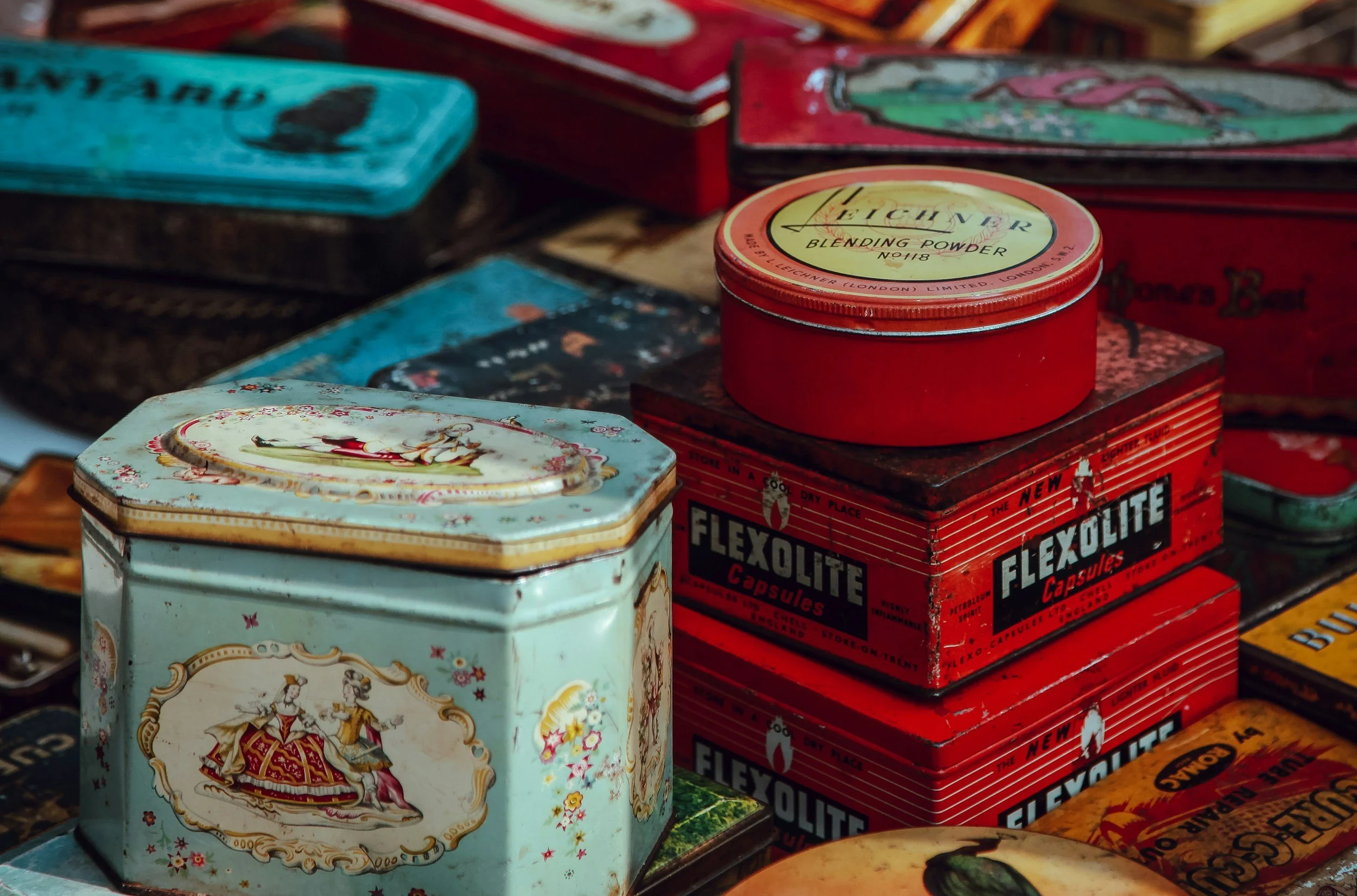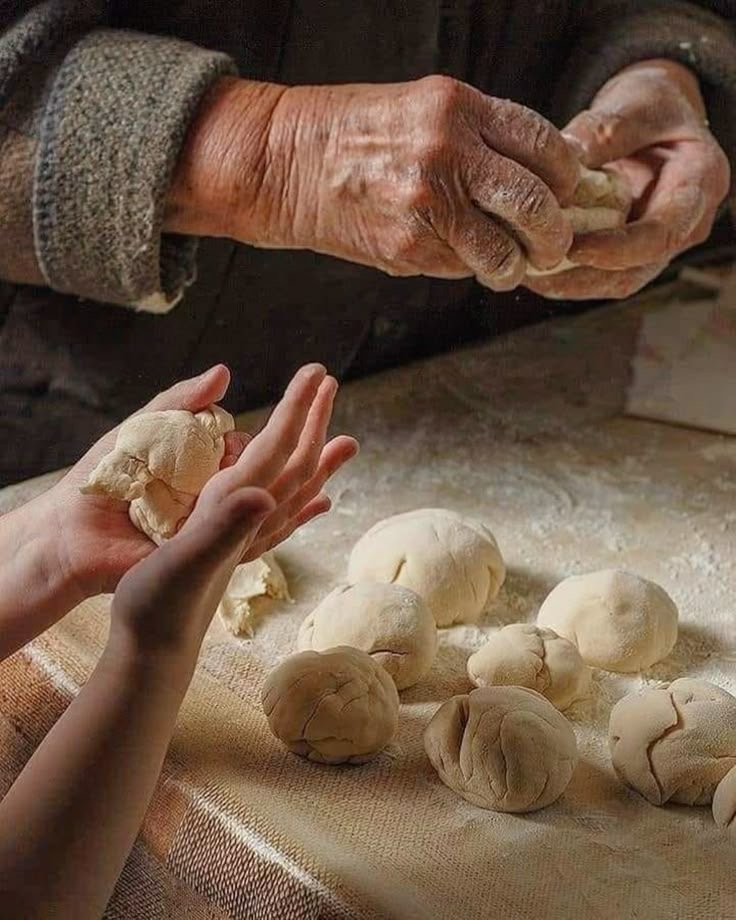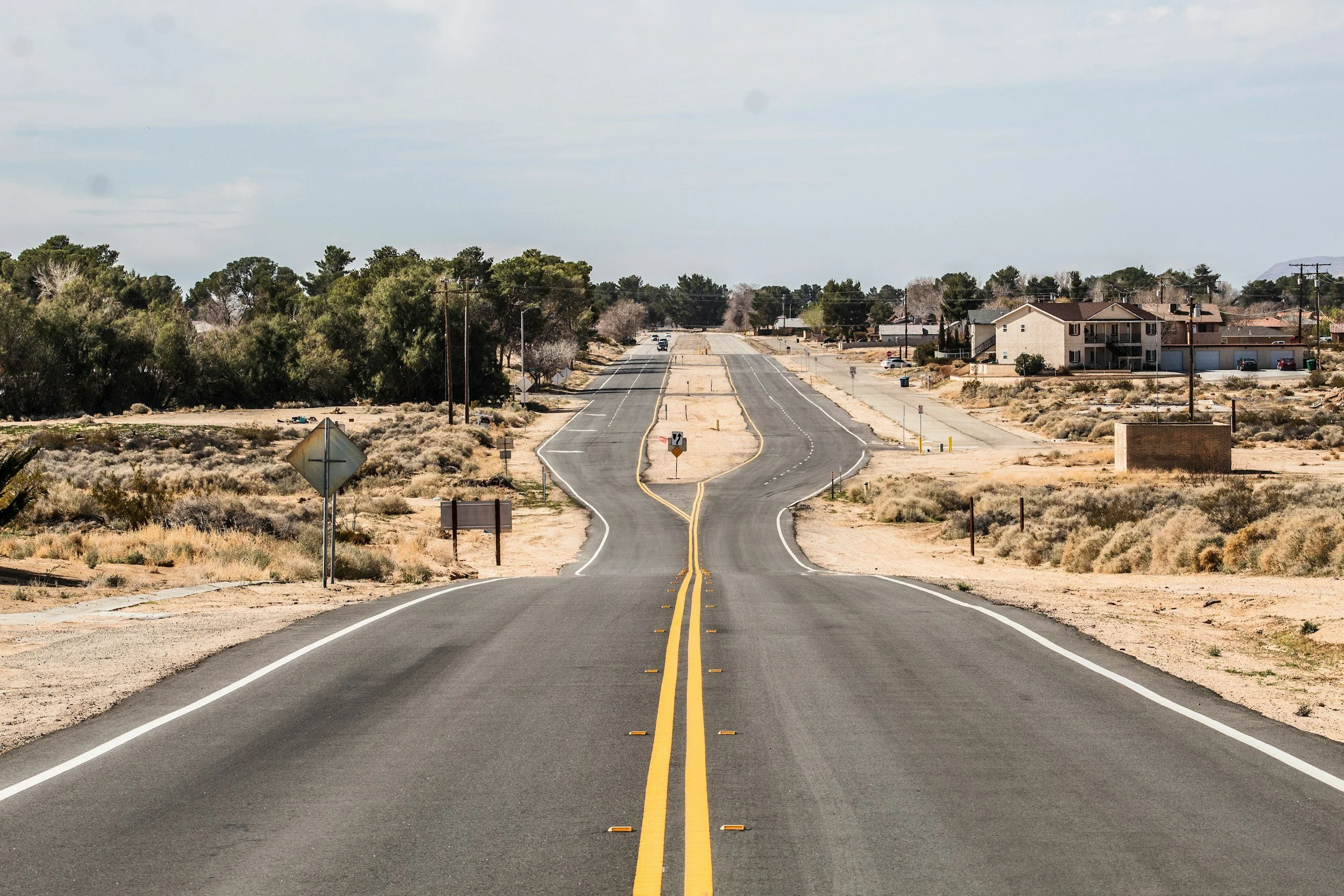Heart Mom
I’m lucky. I came out as a lesbian in the wake of Stonewall. First to myself, a recent Harvard dropout cleaning houses in Cambridge, Massachusetts in 1970. Then to friends, my women’s consciousness-raising group, other feminists, potential roommates and lovers, and finally, after several years, my family. While coming out was still dangerous then (as it can be now), I had the advantage of a defiant attitude and community that had my back: “I’m a lesbian, and if you don’t like it, you’re a bigot.” While not always diplomatic or effective, that story was a big improvement over the one we absorbed from books and movies: “I’m a lesbian, and if you don’t like it, I’m a craven, sinful, unnatural person who deserves to die.”
Having children changes everything – including the act of coming out. Once the kids of queer parents get old enough, they have to make their own decisions about when to be out about it and when not to. Like their parents, they become ninjas in the martial art of hiding and revealing.
One day, our younger son Mikaelin, an elfin, exuberant child who never had much trouble getting along with anybody, came home from second grade and said, “I want to call Martha my mom’s friend.” He hesitated, his blue-green eyes searching mine.
“What happened?” I asked, trying to sound matter-of-fact.
“The other kids at school always ask who she is. They know you’re my mom, and when she picks me up and I say she’s my mom, they make fun of me.”
As parents, we do our best to create a home world of love, protection, and possibility. Certain moments force us to confront the gap between that world and the world outside. This was one of those moments for me. I felt alert, disappointed, uncertain. “What do they say?” I asked. I knew “faggot” was a frequent playground insult, despite the best efforts of the principal and teachers. Kids wielded that word as a weapon without full awareness of its meaning or origin. They knew its power to harm and used it to their advantage. I also knew that bullying could involve physical as well as verbal violence.
“They just look at me weird and say, ‘But she’s your mom.’” Meaning me. The woman who gave birth to him.
I took a deep breath and gave myself a moment to think. Martha, my wife, is a tall, broad-shouldered woman who worked as a special education assistant in the Seattle school district. She was our two sons’ go-to play and have fun parent. They sought me out when they wanted to talk about something difficult. Like “How do two men have sex?” Like this.
Martha and I had our sons early in the “gayby boom” of the 1980s and 1990s. We had few role models. Famous people like Melissa Etheridge and Julie Cypher were not yet on the cover of Newsweek talking about their pregnancy or revealing the identity of their children’s sperm donor in a Rolling Stone story.
We took turns having babies. The dads were gay men willing to help lesbians get pregnant: to jack off into a Cara Mia artichoke jar, hand the jar to a female go-between sworn to secrecy, and not know what happened next. The go-betweens tucked the jars of warm, Clorox-smelling, white semen between their thighs to keep the sperm warm and motile as they drove from the donors’ homes to ours.
Some women chose to use known donors, gay or straight male friends or relatives. We didn’t have any men in our lives at the time we felt we could invite into our home, our lives, our wombs in this way. We didn’t want to pay loads of money to deal with the attitudes of regular sperm banks, which were likely to be homophobic or, at best, clueless. So our lesbian community, with help from straight friends, a handful of health professionals in community clinics, and our mostly gay male donors, created a grassroots underground network for sperm delivery.
Custody was a serious concern in the 1980s. Close friends started the Lesbian Mothers National Defense Fund in 1974 to support women who had either lost custody of their children because they were lesbians or were at risk. Their stories were, and are, heartbreaking. In 1978, the Washington State Supreme Court handed down its first ruling stating that two mothers’ lesbianism did not make them a danger to their children. The legal issues were by no means settled. Even if our kids’ dads were gay now, what if they ended up being straight, fundamentalist Christians later on and sued for custody? It happened sometimes.
We carefully avoided that risk when our children were very young by not telling our donors who we were. But being out as parents had other risks. We hid our sexual orientation in our older son Jeremy’s Boy Scout activities because otherwise he would have been kicked out of the troop. Mikaelin joined a suburban 4H club to show his bunnies at county and state fairs. Though we weren’t explicitly out in the club, some of the parents figured it out. They talked among themselves about excluding us, but the leader put her foot down, and we stayed.
We were always out to our kids. It was a non-issue for them personally, at least at first. For a few years, Mikaelin attended a daycare in our neighborhood run by an open-minded woman who was part of a conservative religious community. One of his friends there told him wistfully, “I wish I had two moms.”
We read them “Heather Has Two Mommies,” a gentle, innocuous book that was banned, stolen from libraries, burned, and even defecated on by outraged conservatives in the 1990s. We talked in simple terms about the unkind words and actions they might encounter. We sent them to daycares and schools where we could be out as parents, where the teachers were supportive, where there were other children of queer parents. We did our best to normalize, anticipate, protect. And we braced ourselves for what we couldn’t protect against. Like the pressure Mikaelin faced to be like everybody else.
We had already been through this with Jeremy the year before, when he was in fifth grade. That time, I was the one he wanted to call his mom’s friend. I accepted his decision, though I felt sad about it. He had a hard time in school; I didn’t want to make things more difficult for him. I knew it was his life, his choice.
Martha wasn’t my friend who was helping me raise Mikaelin any more than I was her friend helping her raise Jeremy. She pushed the plunger on the 3cc syringe we used to inseminate. She celebrated the positive pregnancy test with me. She stood, sat, sang, crawled, squatted next to me through twenty-nine hours of labor. She woke up in the night with him, held him, breathed with him through bouts of asthma. She helped me design allergy-free recipes for parties and school activities that would look like what the other kids were eating. She made silly faces with him. She loved him, adored him. She mothered him.
I thought maybe this time I could approach the issue differently. “You could call Martha your mom’s friend. Sometimes that makes it easier. Then kids won’t tease you as much. Sometimes that’s the best thing to do.” I paused, then went on, “But there’s a cost to doing that. Because then you’re hiding part of who you are. And that can make you feel bad in a different way.”
I have had plenty of opportunities to feel bad in that way. On November 28, 1978, five months before Martha got pregnant with Jeremy, I was working as a licensed practical nurse (LPN) on the neurology/neurosurgery floor at Providence Hospital in Seattle. The day before, Dan White had shot San Francisco Supervisor Harvey Milk and Mayor George Moscone to death in City Hall. Milk was the first openly gay elected official in California history. On break, I walked into our small, unventilated staff lounge, where four other nurses and LPNs sat at a rectangular table, lit cigarettes in their hands, air thick with smoke. One of them mentioned Milk’s death. Marge, a short, thin, tough LPN with a head of curly red hair, spat out, “He deserved it.” Her words landed on me like a punch.
I have thought many times about what I could or should have said, what I would say if that happened now. I was not out to my co-workers in that Catholic-run hospital. I chose to stay silent, keep my face blank, act as if nothing had happened. The pain of that moment comes back to me in a flash.
This time it was Mikaelin’s life, his choice. He chose to keep calling Martha “Mom.”
We talked with his second-grade teacher, Maidi, a woman with shoulder-length, brown hair and an imperturbable manner. By some wild turn of the universe, she was not only a lesbian whom we had known for years; she was THE lesbian who had found his sperm donor for us. Without her, this particular child would not be here asking these challenging questions. Maidi had already been thinking about this problem. She too was a mother to one biological and one non-biological son. Her classroom was full of kids raised by women other than their birth mothers: grandmothers, foster mothers, lesbian “other mothers.” What to call them?
Her solution was brilliant. “We can call birth moms just that, birth moms. We’ll call any other woman raising a child their ‘heart mom.’ Anyone can have a birth mom, a heart mom, or both. What do you think?”
“It’s perfect,” we responded, relieved. Each woman had a clear role with honor and respect. No one was left out. No child had to feel their mother was not a “real mother.” When kids asked Mikaelin who Martha was, he could say, “She’s my heart mom.” And, because of the norm Maidi set, the language she provided, the story about the family she made room for, they knew what he meant. Some of them had a “heart mom” too.
At a moment when our son was tempted to hide who he was and who we were to avoid ridicule, he was able to talk about it. We were able to listen and support him in making a choice. And his most powerful social setting, his school classroom, validated his family and identity. He felt accepted rather than shut out. Many kids of queer parents who face these kinds of challenges, and kids who are queer themselves, don’t have all of those things going for them. They may not have any of them. The actions of a parent, teacher, principal, local school board can make or break a child’s sense of well-being and belonging at a critical moment.
Now in his mid-thirties, Mikaelin is a well-respected professional, married to a smart and beautiful woman, living and working in New York City, father of a young daughter. He shares his story of being raised in an unconventional family with anyone who cares to ask. He starts out, “I have two moms…”
-June BlueSpruce
June BlueSpruce is a writer, healer, and activist who lives with her wife Martha in Seattle. Four of her nonfiction essays are included in Sacred Stone, Sacred Water: Women Writers and Artists Encounter Ireland, published in April, 2019. Her poetry has appeared in off our backs, Northwest Passage, South Seattle Emerald, and other journals; and the chapbook clear cut; and the anthologies My Lover is a Woman: Contemporary Lesbian Love Poems; Sisters Singing: Blessings, Prayers, Art, Songs, Poetry and Sacred Stories by Women; and I Am Ready to Speak. She is co-author of several papers published in peer-reviewed scientific journals in the field of health promotion and disease prevention. She holds a Master of Public Health degree from the University of Washington. Her blog on dreaming, healing, and activism is at www.junebluespruce.com/blog.






















